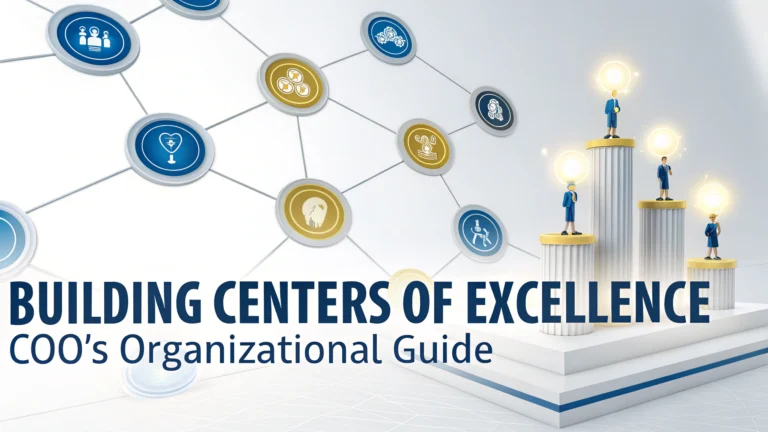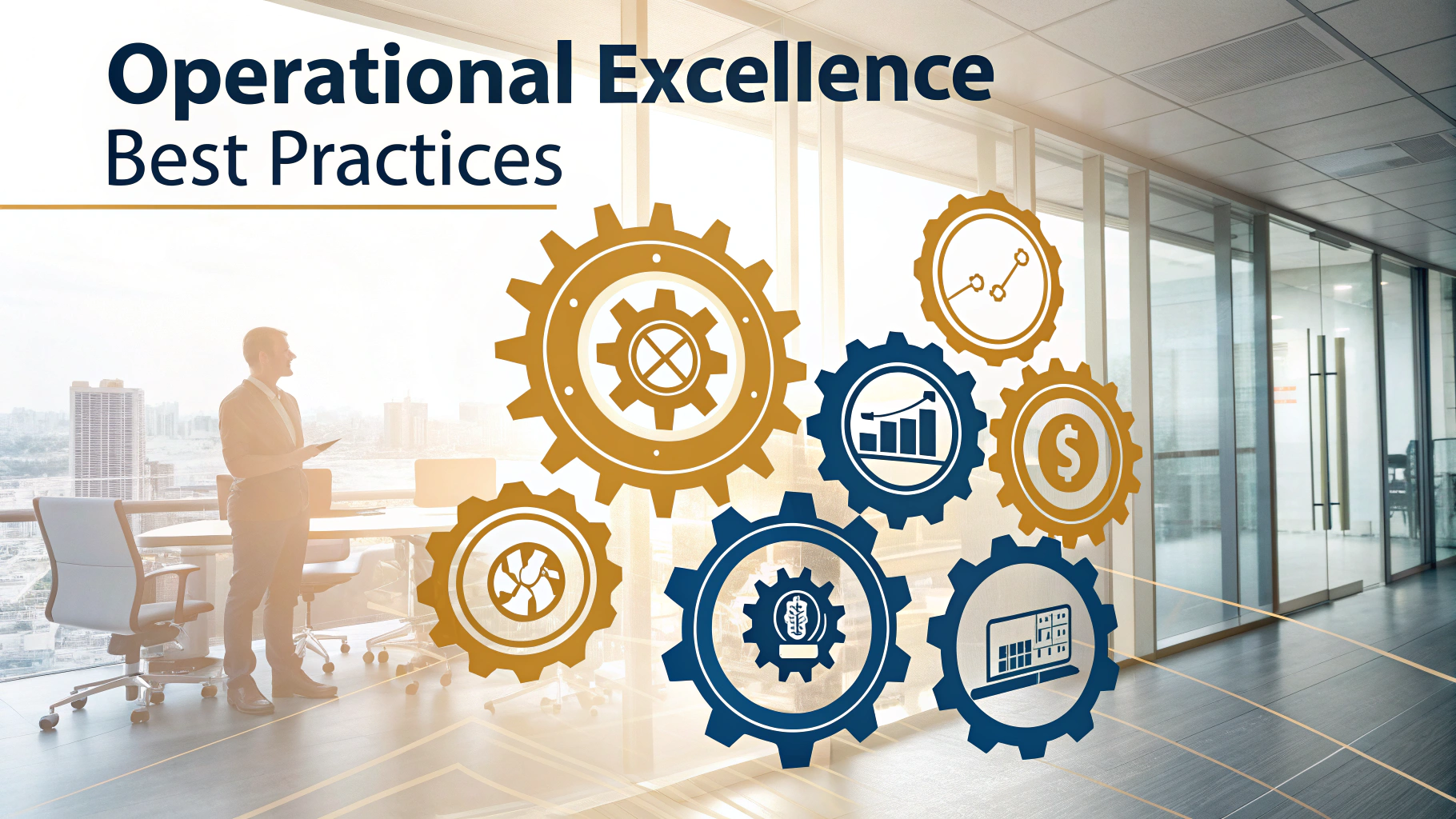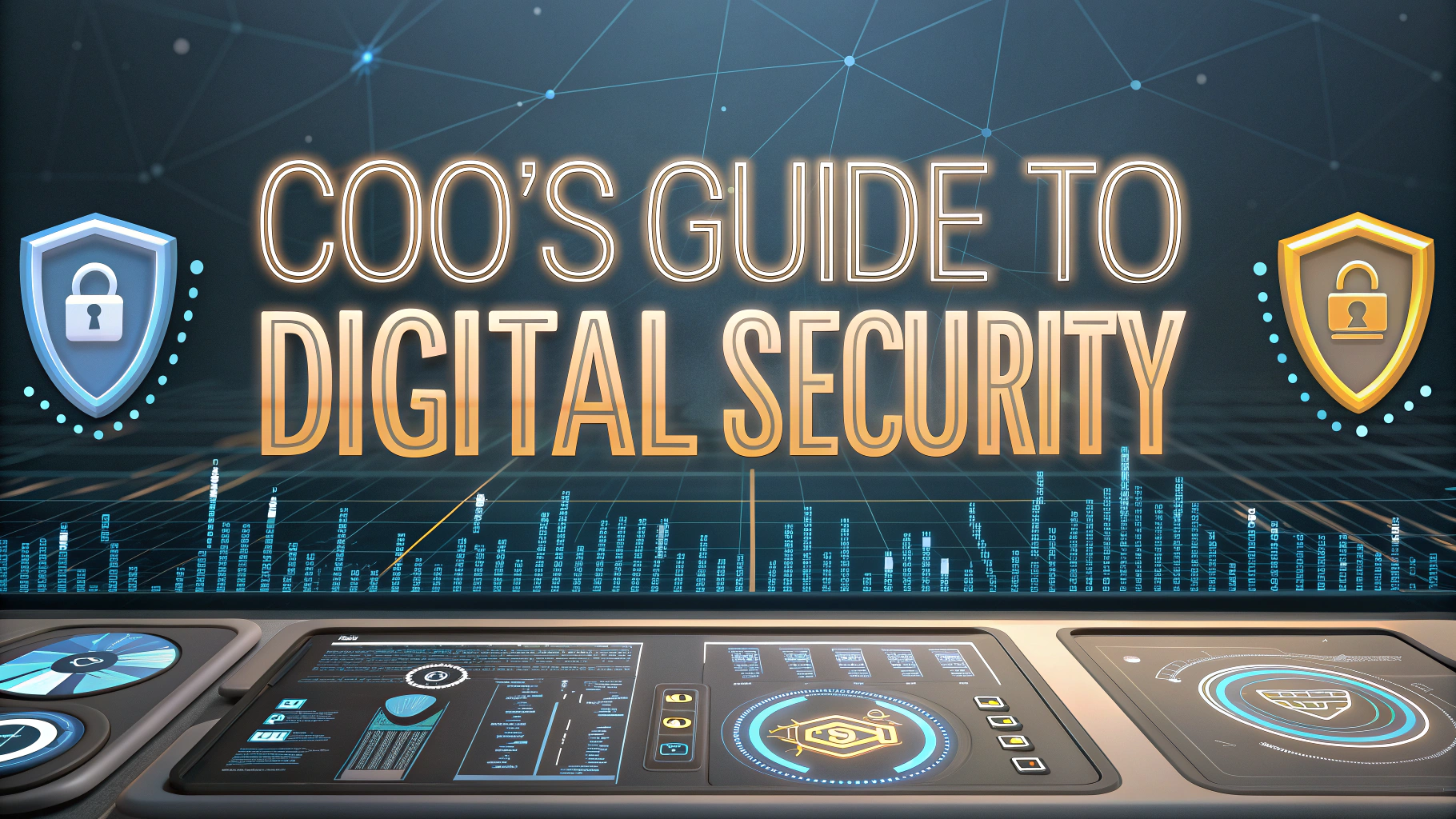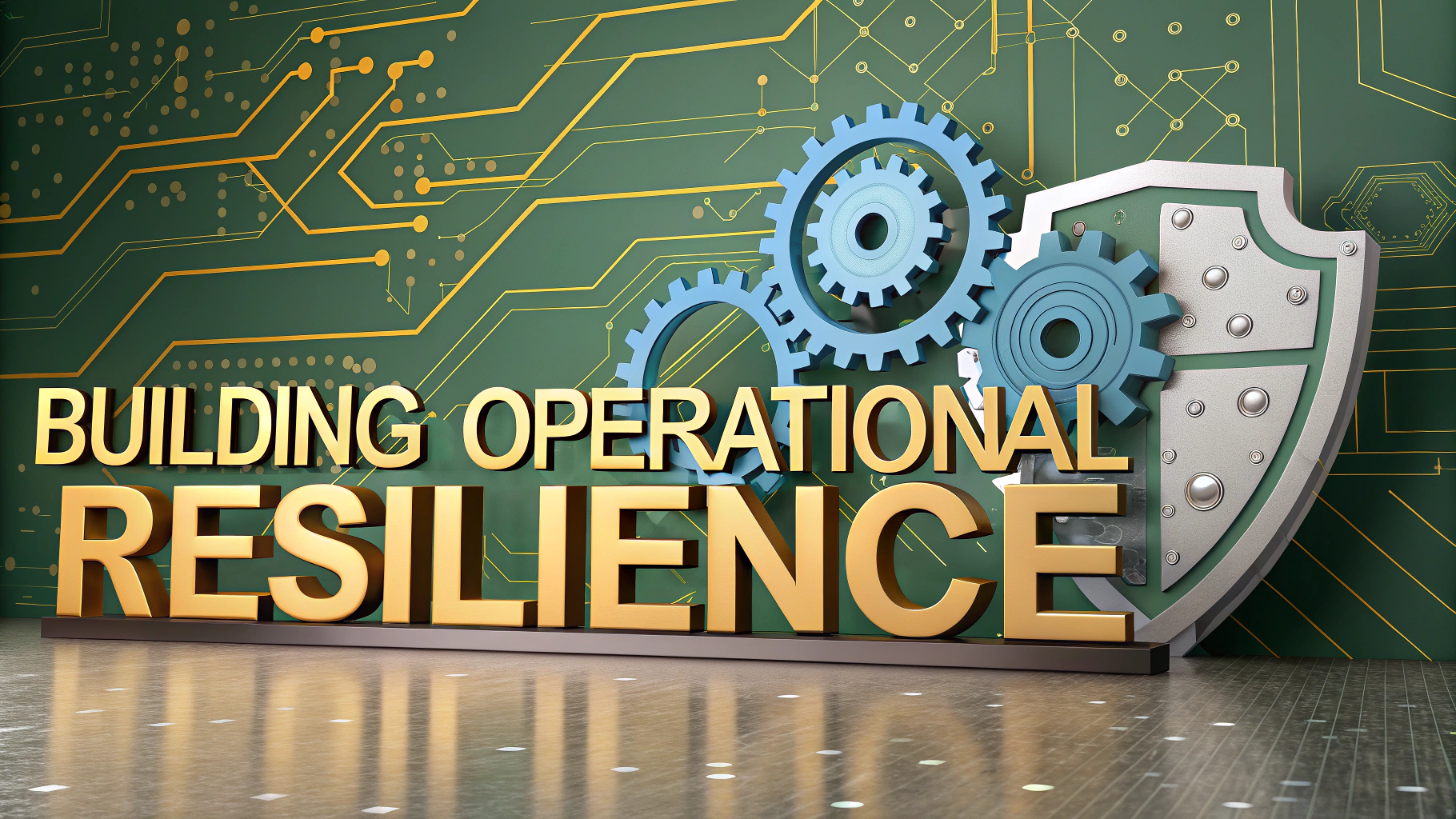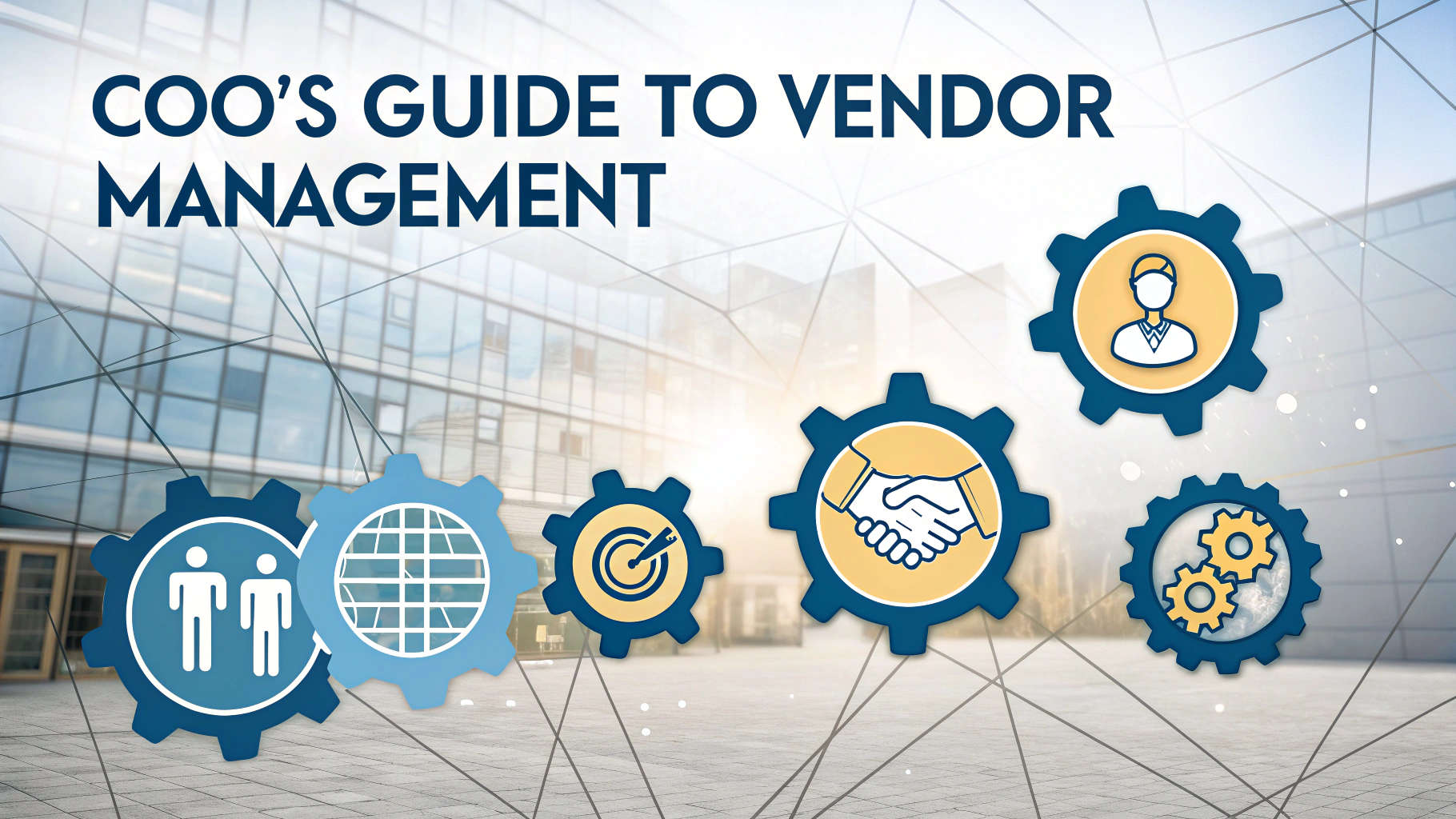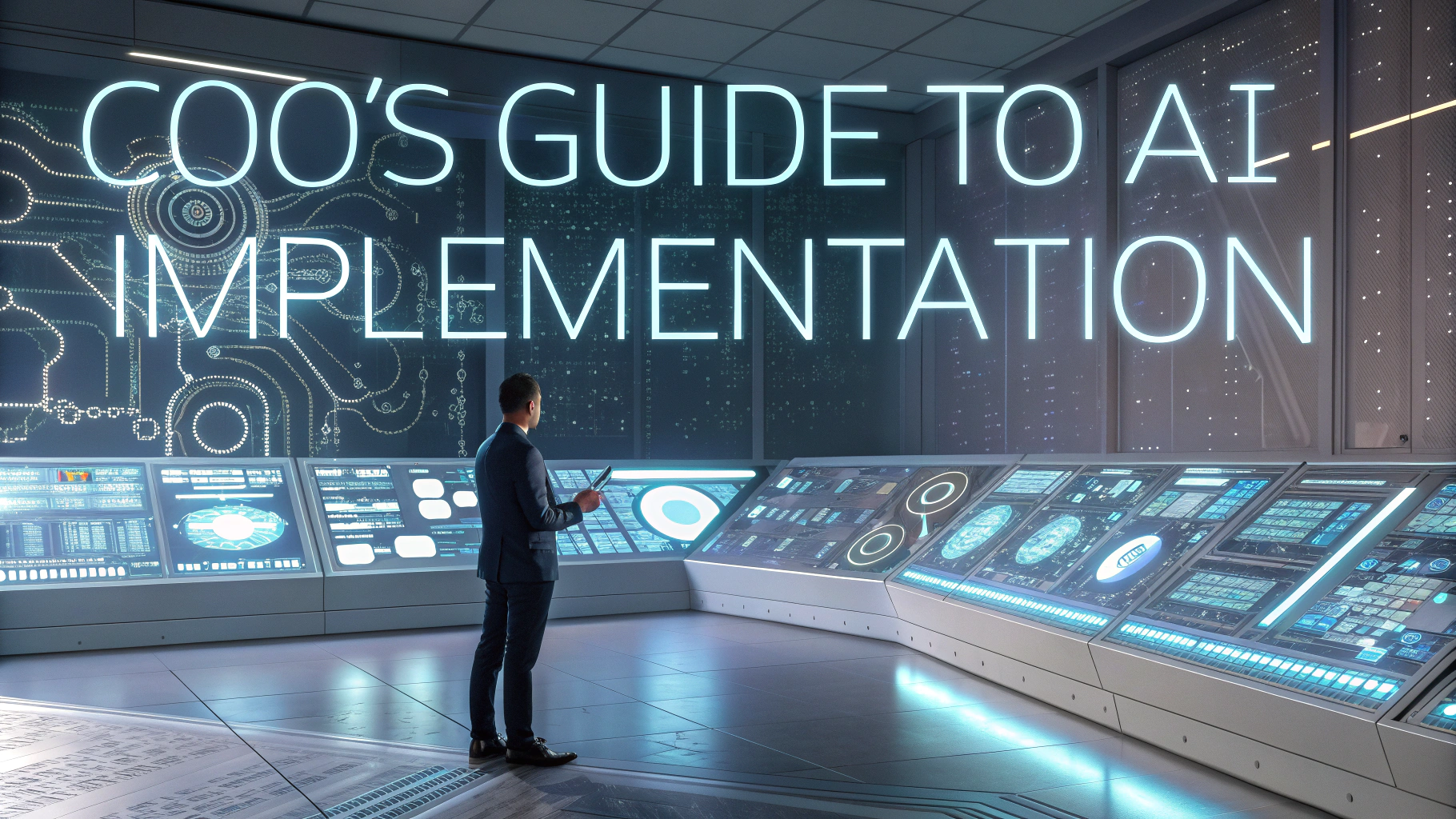Centers of Excellence (CoE) are specialized teams that centralize expertise and drive best practices across an organization.
A well-structured CoE can transform operational efficiency, standardize processes, and create sustainable competitive advantages for companies of all sizes.
This guide outlines practical steps for COOs to establish and manage successful Centers of Excellence, with actionable strategies for implementation and optimization.
Key Components of a Center of Excellence
- Clear governance structure and reporting lines
- Defined metrics and performance indicators
- Standardized processes and methodologies
- Knowledge management systems
- Training and development programs
Steps to Build an Effective CoE
- Define the Scope and Purpose
- Identify specific business needs
- Set measurable objectives
- Determine resource requirements
- Establish Leadership Structure
- Appoint CoE director and team leads
- Create reporting hierarchies
- Define roles and responsibilities
Resource Allocation Guidelines
| Resource Type | Recommended Allocation |
|---|---|
| Staff | 15-20% of department headcount |
| Budget | 5-10% of operational budget |
| Technology | Dedicated platforms and tools |
Common CoE Focus Areas
- Process Excellence – Standardization and optimization
- Technology Innovation – Digital transformation initiatives
- Data Analytics – Business intelligence and reporting
- Customer Experience – Service delivery and satisfaction
Performance Measurement Framework
Track these key metrics to evaluate CoE effectiveness:
- Process efficiency improvements
- Cost savings and ROI
- Customer satisfaction scores
- Employee productivity metrics
- Knowledge sharing effectiveness
Implementation Timeline
- Months 1-3: Planning and structure development
- Months 4-6: Team formation and initial rollout
- Months 7-12: Process optimization and scaling
- Year 2+: Continuous improvement and expansion
Next Steps for Success
Start with a pilot program in one key area before expanding to other departments.
Document all processes and create standardized templates for scalability.
Establish regular review cycles to assess performance and adjust strategies.
For additional guidance, contact professional CoE consulting firms or industry associations in your sector.
Change Management Strategies
- Develop clear communication plans
- Create stakeholder engagement roadmaps
- Establish feedback mechanisms
- Address resistance proactively
- Celebrate early wins and milestones
Risk Management Framework
Common Risks to Address
- Resource allocation conflicts
- Knowledge transfer barriers
- Process adoption resistance
- Technology integration challenges
Mitigation Strategies
- Regular risk assessments
- Contingency planning
- Stakeholder alignment sessions
- Clear escalation protocols
Scaling and Growth Strategies
- Develop modular expansion frameworks
- Create replicable process templates
- Implement knowledge sharing platforms
- Build cross-functional capabilities
- Establish mentor programs
Technology Integration Guidelines
| System Type | Primary Function |
|---|---|
| Knowledge Management | Document repository and sharing |
| Project Management | Workflow and task tracking |
| Analytics Platform | Performance monitoring and reporting |
Driving Long-Term Excellence
Success in establishing and maintaining a CoE requires ongoing commitment to:
- Regular assessment and refinement of processes
- Continuous investment in team development
- Adaptation to evolving business needs
- Strong executive sponsorship
- Clear alignment with organizational strategy
Remember that CoEs are dynamic entities that should evolve with your organization’s needs and market demands.
FAQs
- What is a Center of Excellence (CoE) and why is it important for organizations?
A Center of Excellence is a dedicated unit that provides leadership, best practices, research, support, and training for a focused business area. It’s important because it drives innovation, standardizes practices, and creates competitive advantages through specialized expertise and capabilities. - What are the key components needed to establish a successful Center of Excellence?
Key components include clear governance structure, dedicated leadership, defined operational framework, standardized processes, performance metrics, skilled staff, technology infrastructure, and knowledge management systems. - How does a COO effectively measure the success of a Center of Excellence?
Success is measured through KPIs including operational efficiency improvements, cost savings, customer satisfaction scores, process standardization rates, innovation metrics, knowledge sharing effectiveness, and return on investment (ROI). - What role does the COO play in establishing and maintaining Centers of Excellence?
The COO provides strategic oversight, ensures alignment with organizational goals, allocates resources, establishes governance frameworks, drives accountability, and facilitates cross-functional collaboration. - How long does it typically take to establish a fully functional Center of Excellence?
Typically, it takes 12-18 months to establish a fully functional CoE, including planning, implementation, and optimization phases. However, this timeline can vary based on organizational size and complexity. - What are common challenges in building Centers of Excellence and how can they be overcome?
Common challenges include resistance to change, resource constraints, lack of clear objectives, siloed operations, and cultural barriers. These can be addressed through change management, stakeholder engagement, clear communication, and phased implementation approaches. - How should Centers of Excellence be staffed and what skills are essential?
CoEs should be staffed with subject matter experts, project managers, analysts, and specialists relevant to the focus area. Essential skills include deep domain expertise, leadership capabilities, communication skills, analytical thinking, and change management abilities. - What budget considerations are necessary when establishing a Center of Excellence?
Budget considerations include staffing costs, technology investments, training and development expenses, infrastructure needs, operational costs, and ongoing maintenance. A typical CoE requires both initial capital investment and sustained operational funding. - How do Centers of Excellence align with digital transformation initiatives?
CoEs support digital transformation by providing expertise in emerging technologies, standardizing digital processes, driving innovation, facilitating knowledge transfer, and ensuring consistent implementation of digital initiatives across the organization. - What governance structure works best for Centers of Excellence?
An effective governance structure includes a steering committee, executive sponsorship, clear reporting lines, defined decision-making processes, operational guidelines, and regular performance reviews.
